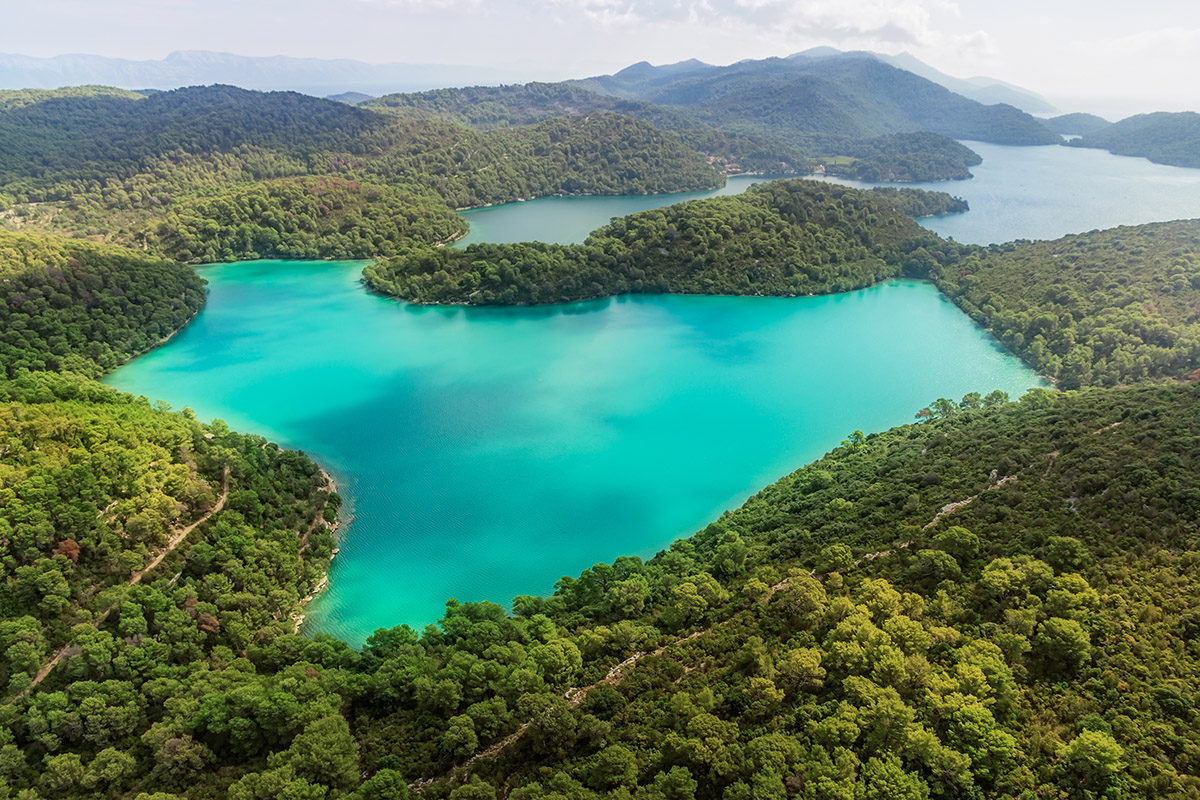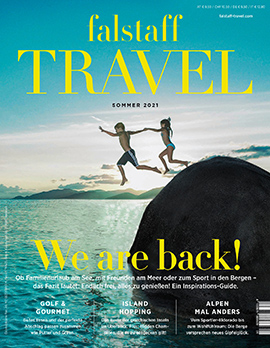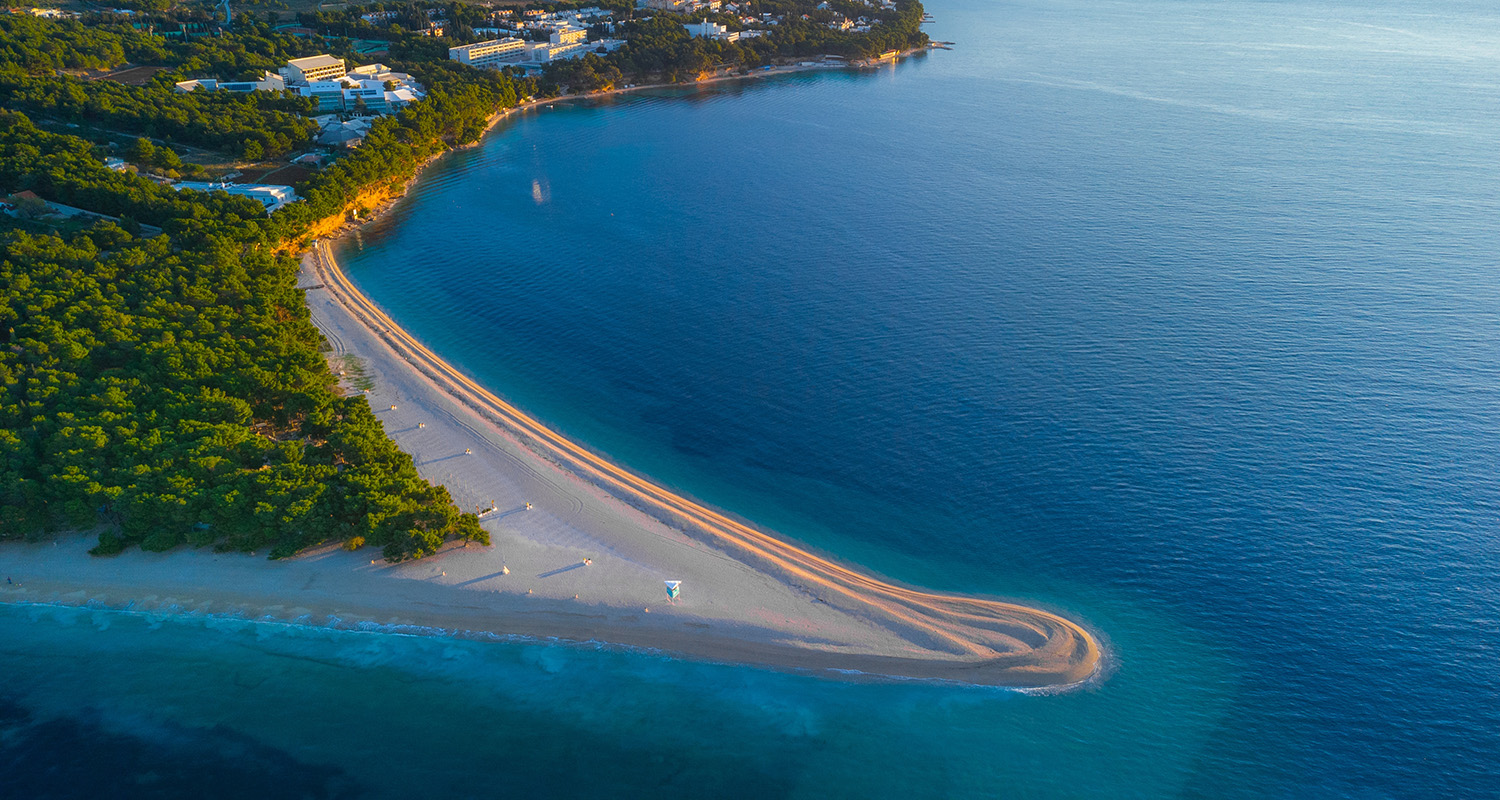
The Most Beautiful Places in Croatia
The land of a thousand islands is the destination of numerous travellers from near and far every year: In addition to impressive nature reserves, dreamy beaches and secret bays, Croatia's cities also attract visitors with their culture, cuisine and cosmopolitanism.
23 May 2022
Be it coastal cities like Dubrovnik, Rovinj or Pula, which are famous for their narrow old town streets and the beautiful location on the Adriatic Sea , or almost unreal beautiful beaches like that of Zlatni Rat: Croatia is characterized by diversity. A picture that promises to please visitors of all kinds - from gourmands and sports enthusiasts to art and culture buffs. The following places in the country on the Adriatic Sea are at the top of our bucket list this year.
Related: These are the best hotels in Croatia
Rovinj
What: City and culture
Where? Istria
While we are in the neighbourhood: The old town of Rovinj, with its terracotta-covered roofed venetian houses, boats peacefully bobbing in the sea on the shore, and the iconic church of St. Euphemia, whose bell tower proudly overlooks the city, invites you to dream. Its winding, cobbled streets are a delight to lose yourself in for hours, peeking into small galleries or settling down in a café to watch the bustle of the streets.
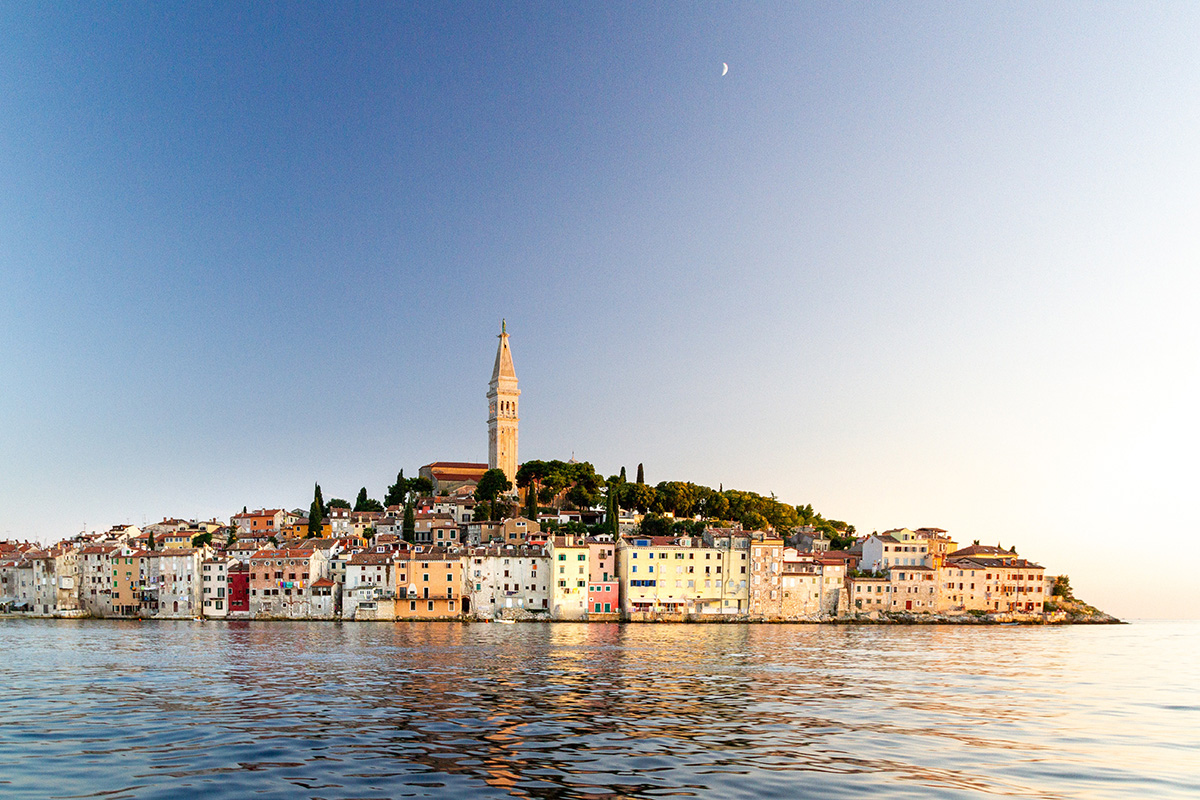
Plitvice Lakes
What? National Park
Where. Karlovac, Lika-Senj - Kapela
The oldest and largest national park in the country, which was declared a UNESCO World Heritage Site in 1979, should not be missing from any Croatia bucket list. In the park, which is located between two mountain ranges, you pass several waterfalls and spot rare animal and plant species. The path leads through deep green nature, along numerous sinter terraces, in which turquoise lakes peacefully linger under the sky. Swimming, by the way, is prohibited - but even so, the Plitvička Jezera are a refreshing sight.
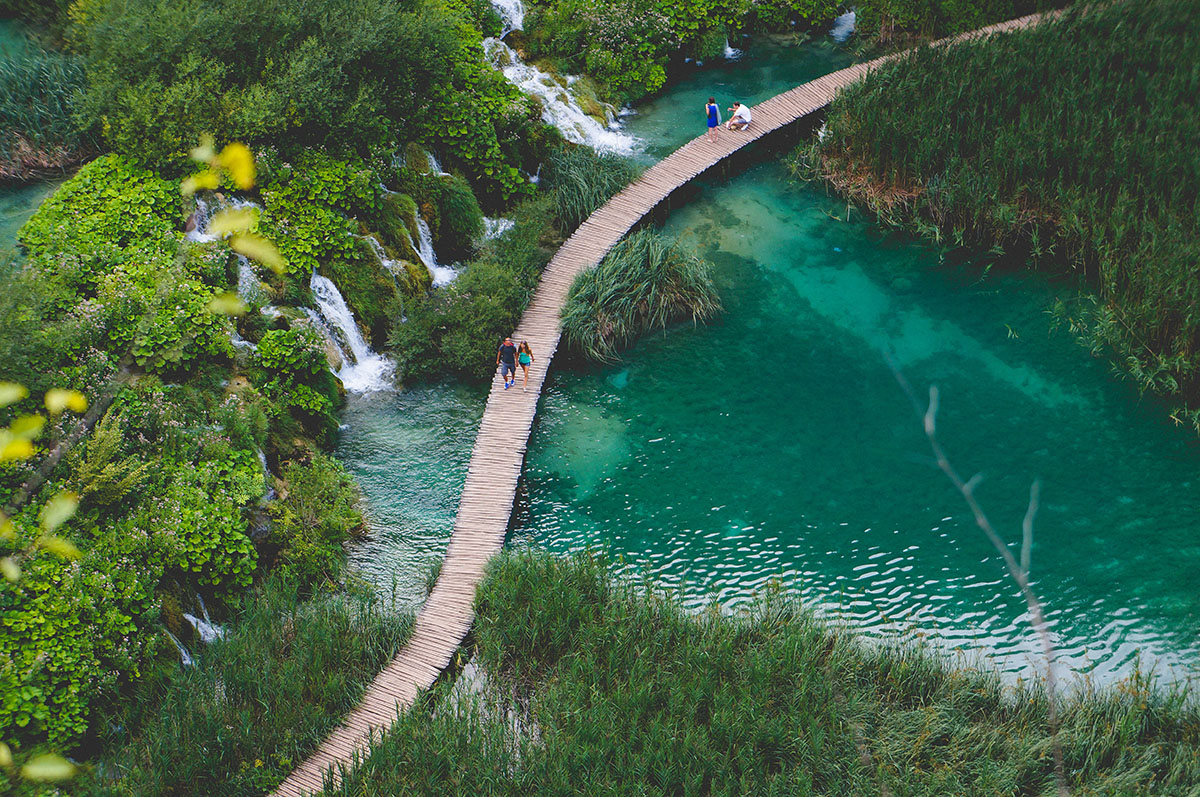
Pula
What: City and culture
Where? Istria
The largest and oldest city in Istria attracts travellers from all over the world with its mixture of Mediterranean flair, historical buildings and rich cultural life. Pula's long past alone, which is still evident today in buildings such as the Roman amphitheatre, makes the pearl of the North Adriatic a must-see. But there is also plenty to do here for gourmands, shopaholics and families.
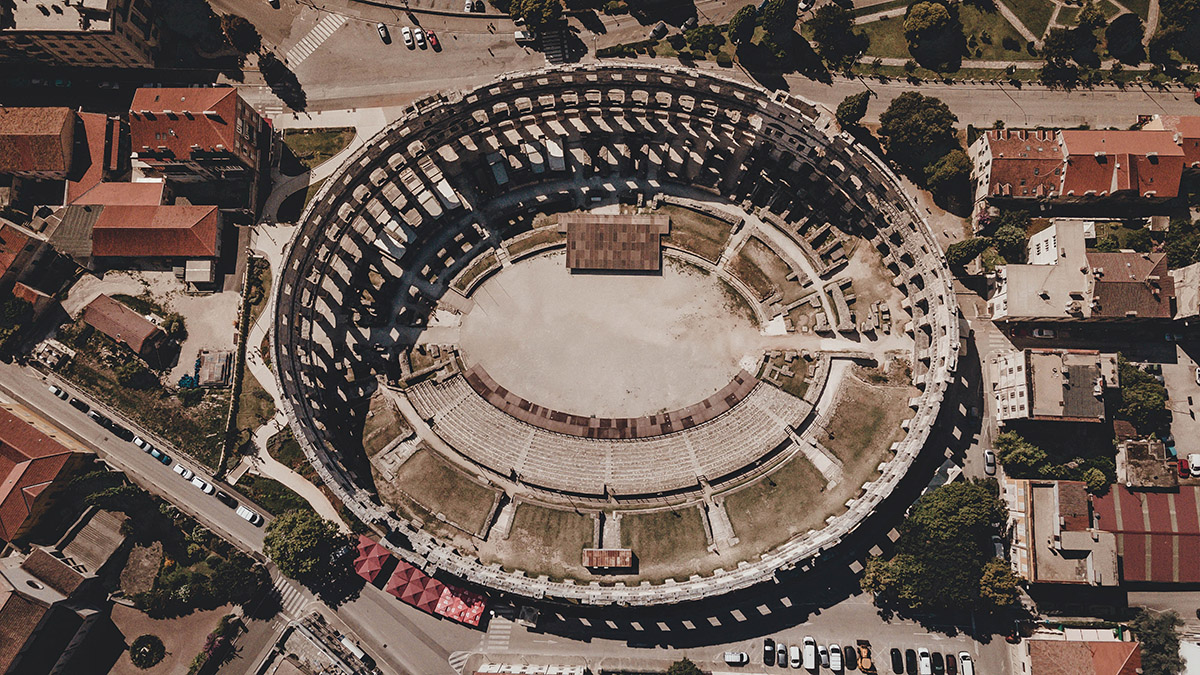
Kopački rit National Park
What? National Park
Where? On the Drava River in the border triangle between Croatia, Hungary and Serbia, Slavonia.
The National Park in the east of the country is located in an extremely fertile area between the mouth and several branches of the Danube, bordering Serbia and Hungary. With its 23,000 hectares, Kopački rit is one of the largest and most important marshes in Europe and is perfect for long walks or boat trips. A must for nature lovers!
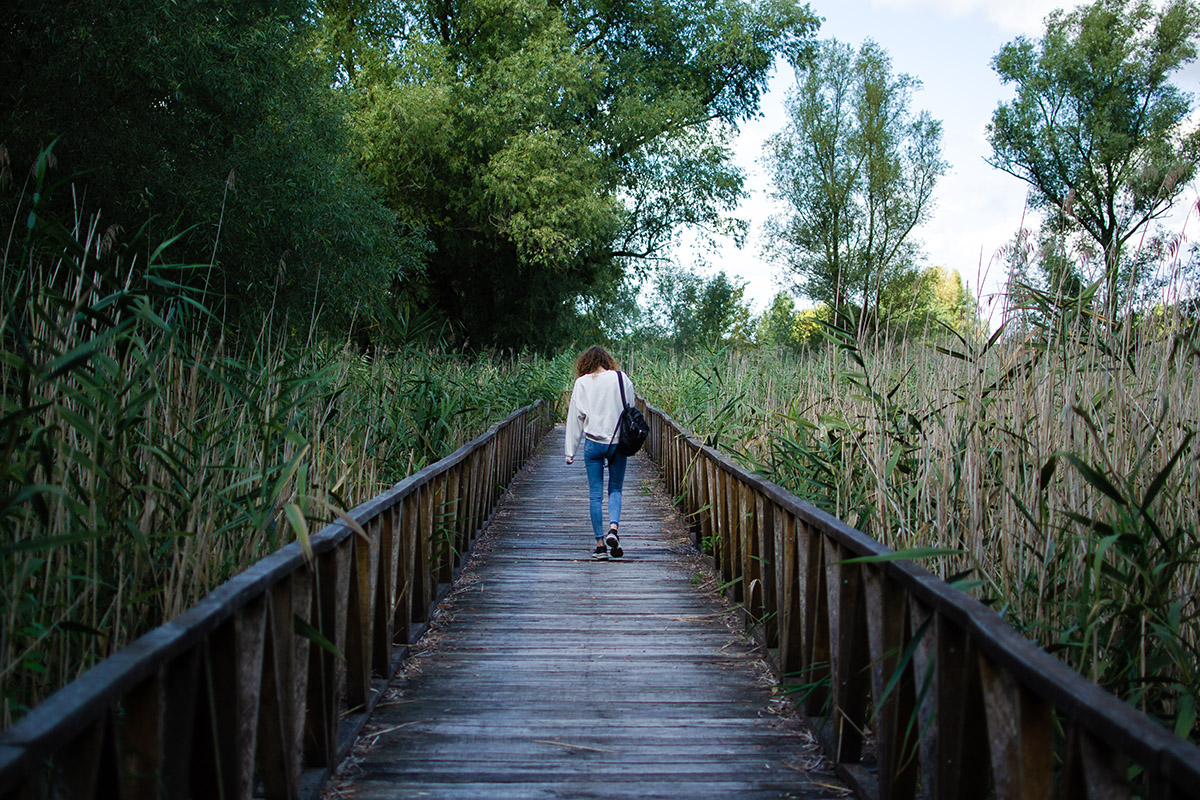
Dubrovnik
What: City and culture
Where. Dalmatia, Dubrovnik-Neretva
Who does not know it? The southern city of Croatia with its proud medieval fortress towering over the deep blue Mediterranean Sea is one of the most popular vacation destinations, but also filming locations in Europe. Known as the "Pearl of the Adriatic", Dubrovnik attracts visitors with its historic old town, Gadac Park, Minčeta or Lovrijenac fortresses, but also with numerous nearby diving spots. You should also take the cable car to the top of the city's local mountain.
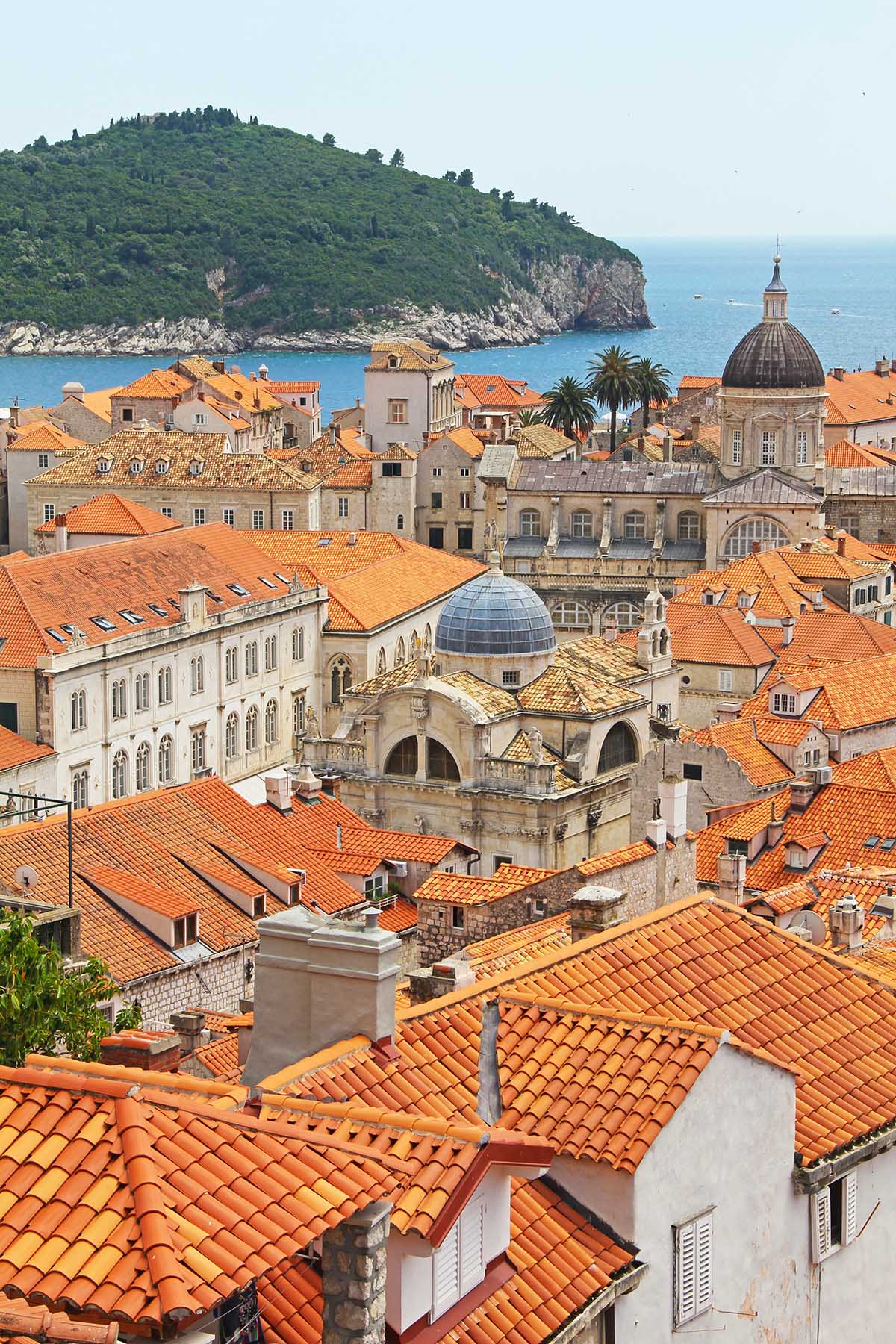
Lošinj
What? Spa, nature
Where? Island of Lošinj, Kaverner Bay
It is a real insider's tip: The 75 square kilometer island of Lošinj in the Kvarner Bay is, thanks to its unique shape and location, as well as numerous herbs and medicinal plants, a health resort for all kinds of respiratory diseases. Lošinj was already known for its healing properties in 1892, when it was officially declared a health resort by the imperial and royal monarchy. If you stroll along the harbour of the charming main neighbourhood of Veli Lošinj, you should definitely stop at the Museum Kula to admire the Croatian Apoxyomenos, an excellently preserved bronze statue from the ancient Greek settlement of the island.

Trakošćan Castle
What? Culture
Where. Varaždin
A fairy-tale castle surrounded by mystical forests: In the north of Croatia, almost in Serbia, lies Trakošćan. The castle from the 13th century was passed to the noble family Drašković in 1584 and was in their possession until its expropriation by the communists. Today the castle presents itself as a tourist destination with a museum, a hiking trail and idyllic pedal boat rides.
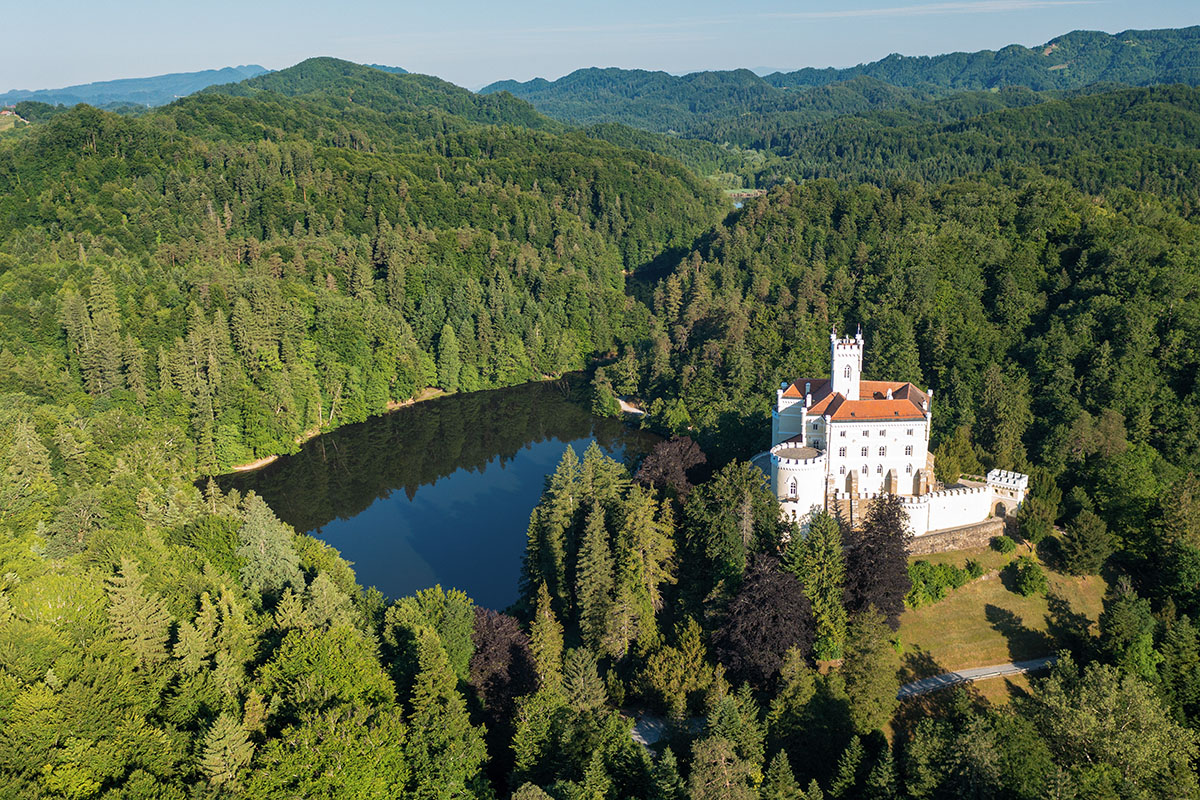
Brela
What? Beach
Where. Makarska Riviera, Split-Dalmatia
The paradisiacal Makarska Riviera is one of Croatia's hotspots for sun lovers. Especially the village of Brela with its crystal clear waters and pristine white beach is worth a visit. If you feel like it, visit the bay of Vruja with its hot springs and the natural pebble beach nearby.
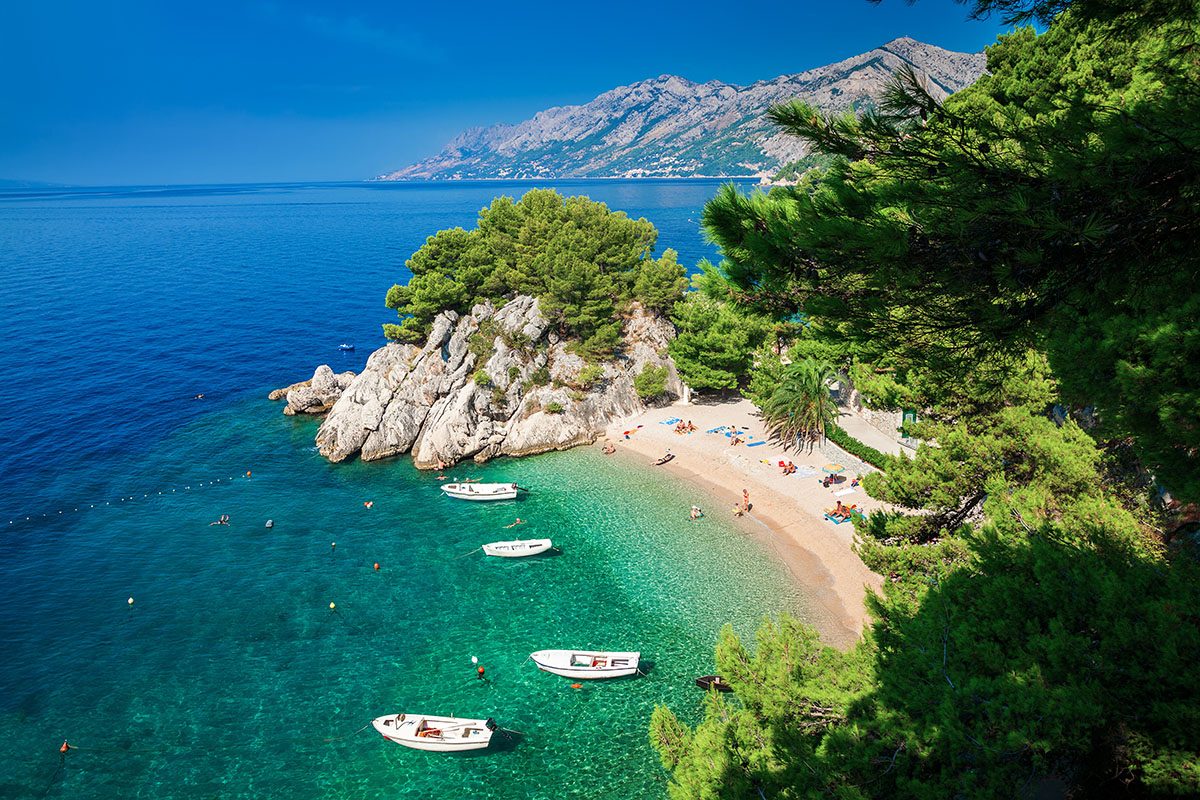
Zagreb
What: City and culture
Where. Zagreb
Often overlooked in the face of the Adriatic coast, but quite beautiful: Zagreb, the capital of Croatia in the heart of the country. Its past as one of the great imperial and royal cities still shows in magnificent buildings and monuments. Numerous museums - such as the famous Museum of Broken Relationships or the Mimara Museum - bring art, culture and history closer to travellers. Long days can be spent lingering in countless cafés, boutiques and bars in the medieval alleys between Eastern and Western European history. There is a refreshing amount of green in the capital's many parks, such as the Botanical Garden. The multi-confessional Mirogoj Cemetery and its architecture is also very impressive and should not be left off any list.
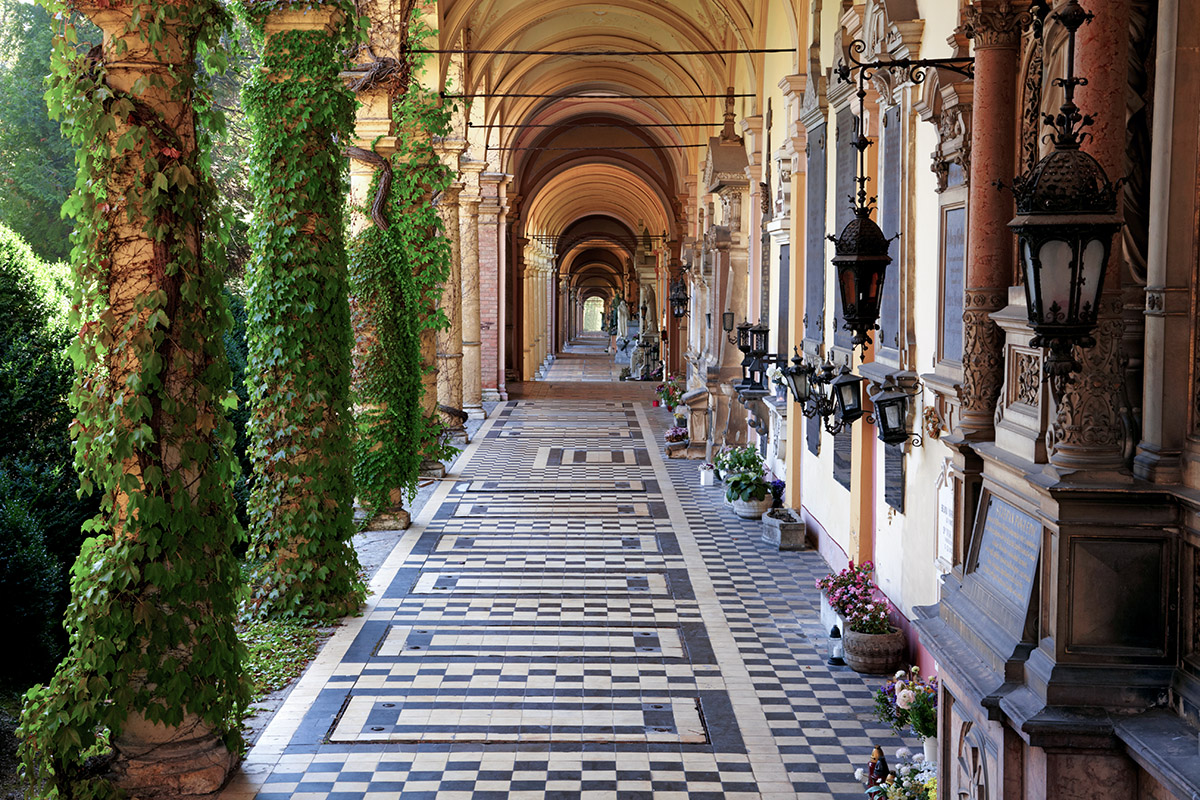
Zlatni Council
What? Beach
Where. Island Brač, Split-Dalmatia
Croatia's Golden Horn juts out about 500 meters into the sea: the snow-white pebble beach runs flat, is popular with families and changes shape and slope depending on the sea current. All around, pine groves exude a pleasantly soothing fragrance. Vacationers are best off with ice cream or afternoon coffee in the nearby small town of Bol, which is not far from the Dragon's Cave and an old Dominican monastery.
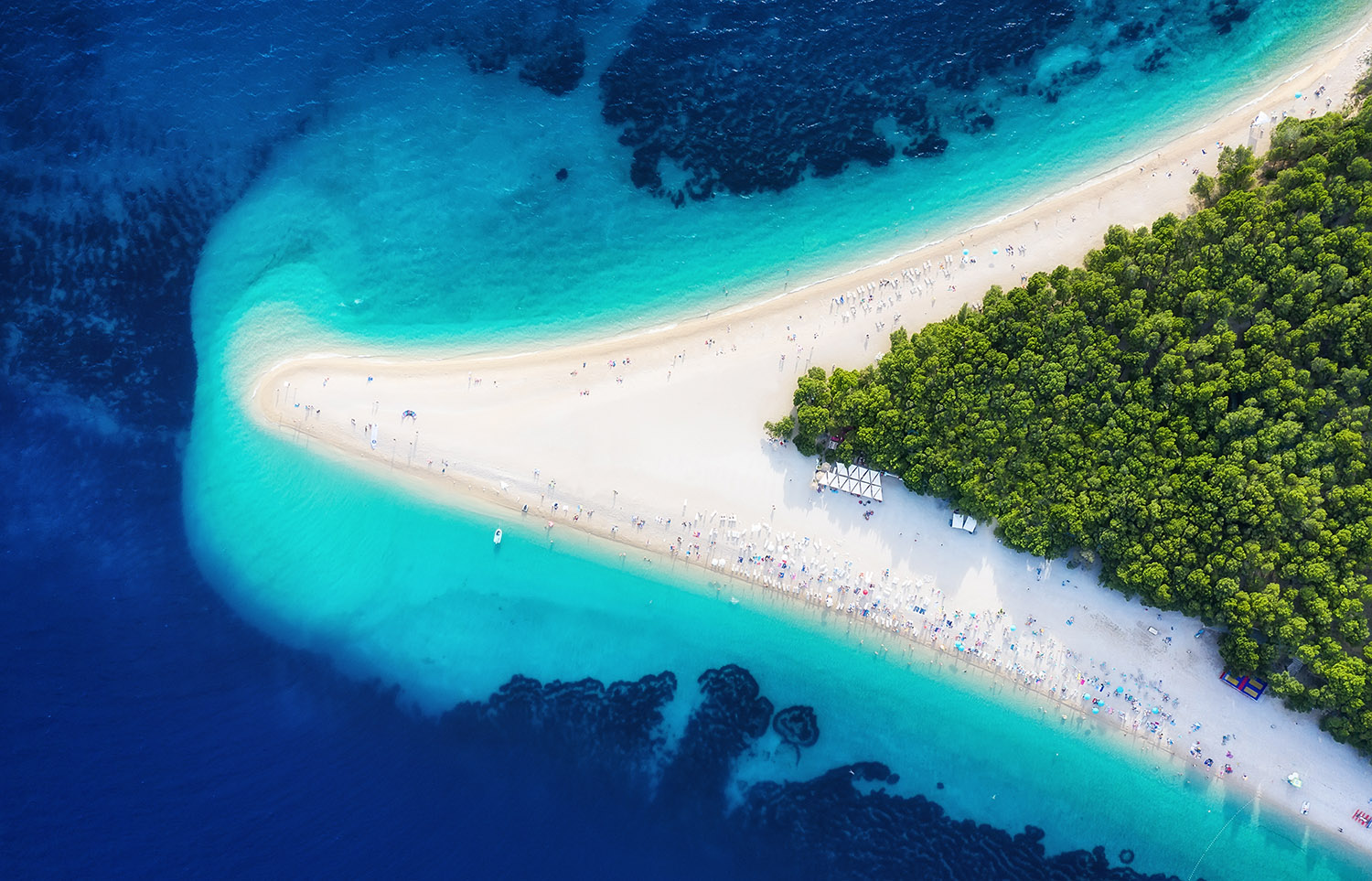
Mljet
What? National Park, Nature
Where. Island Mljet, Dubrovnik-Neretva
Mljet - the island of coves, caves and intoxicating nature. In the extensive forests, you can find wonderfully refreshing shady places even on particularly hot days, while in the south of the island sandy beaches await those who want to work on their tan. For long hikes, there is a national park in the interior of Mljet with numerous lakes.
